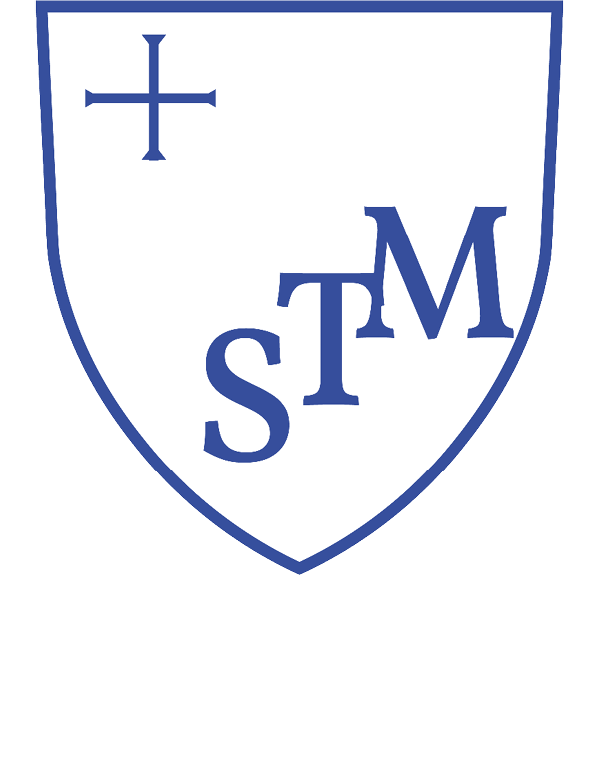DT
At St Martin's, Design and Technology is a dynamic and purposeful subject that empowers pupils to become creative problem-solvers and thoughtful designers.
Using the CUSP curriculum, we deliver a carefully sequenced programme that builds technical knowledge, design thinking, and practical skills across Key Stage 1 and 2. Our curriculum enables pupils to explore real-world challenges through hands-on projects in areas such as mechanisms, structures, textiles, electrical systems, food and nutrition, and materials.
Each unit follows a clear design process—research, plan, make, test, and evaluate—encouraging pupils to think critically, work collaboratively, and reflect on their outcomes. Pupils learn to work as designers, developing resilience, precision, and imagination. They use sketchbooks and prototypes to explore ideas, document progress, and refine their thinking. The curriculum also introduces pupils to influential designers and engineers, helping them understand how design shapes the world around us. By the end of Key Stage 2, pupils will have developed a strong foundation in design and technology, along with the confidence to apply their skills in creative and meaningful ways.
At St Martin's, Design and Technology is not just about making—it’s about imagining, improving, and innovating.
Big Ideas
CUSP Design and Technology is built around the concept of “Working as a Designer,” encouraging pupils to think, work, and communicate like real-world designers.
The curriculum is underpinned by key themes such as functionality, innovation, sustainability, and user-centred design.
Pupils explore the design process through four core principles: design, make, evaluate, and apply.
These big ideas are revisited across year groups and disciplines, helping children develop creativity, problem-solving skills, and technical understanding. By engaging with real-life contexts and purposeful projects, pupils learn to design with intent, make with precision, and evaluate with critical thinking.
Content
The CUSP DT curriculum covers a wide range of disciplines including mechanisms, structures, textiles, food and nutrition, electrical systems, and materials.
Each unit is designed to build technical knowledge and practical skills through hands-on projects.
Pupils learn to use tools safely, follow design briefs, and apply knowledge from other subjects such as science and maths.
The curriculum also introduces pupils to influential designers and engineers, helping them understand the impact of design on society. Through purposeful tasks, children explore how products are made, how they function, and how they can be improved—developing both creativity and competence.
Sequencing
CUSP DT is carefully sequenced to ensure pupils build knowledge and skills progressively.
Each discipline is revisited throughout the primary years with increasing complexity, allowing children to deepen their understanding over time. Units are organised into blocks that follow a consistent structure, beginning with prior knowledge and building towards independent application. Vertical progression is woven into the curriculum, ensuring pupils revisit key concepts while acquiring new techniques.
This approach supports long-term retention and mastery, enabling children to become confident designers who can apply their learning across a range of contexts and challenges.
Oracy and Vocabulary
Oracy and vocabulary are central to CUSP DT.
Each unit includes explicit teaching of technical vocabulary, enabling pupils to describe processes, materials, and design decisions with clarity. Structured talk is embedded throughout lessons, encouraging pupils to explain their thinking, evaluate their work, and collaborate effectively. Teachers model precise language and support pupils in using it meaningfully. Vocabulary is revisited regularly to reinforce understanding and support retention.
This emphasis on oracy helps children develop confidence in communicating their ideas and strengthens their ability to reflect critically on their own and others’ designs.
Assessment of Pupils
Assessment in CUSP DT is both formative and summative, designed to support learning and track progress.
Teachers assess pupils through questioning, observation, and evaluation of practical outcomes. Each unit includes clear expectations for knowledge and skills, which guide assessment and feedback. Pupils demonstrate their understanding through design plans, prototypes, and reflective evaluations. Formative assessment informs teaching and helps identify areas for support, while summative assessment captures progress over time. Knowledge organisers and pupil book studies support retention and allow teachers to monitor development across disciplines.
This ensures all pupils are supported to achieve and grow as designers.
Reasonable Adjustments of Pupils with SEND
CUSP DT is inclusive and adaptable, ensuring pupils with SEND can access and succeed in the curriculum.
Lessons follow consistent routines and use visual aids, scaffolded tasks, and dual-coded resources to support understanding. Teachers make reasonable adjustments such as simplified instructions, adapted tools, and additional modelling. Practical tasks are broken into manageable steps, and pupils are given time to revisit key concepts. Opportunities for oral responses and collaborative work support pupils with communication needs. Assessment is used to identify barriers and tailor support.
This ensures all children can engage meaningfully with design and technology and make progress at their own level.

